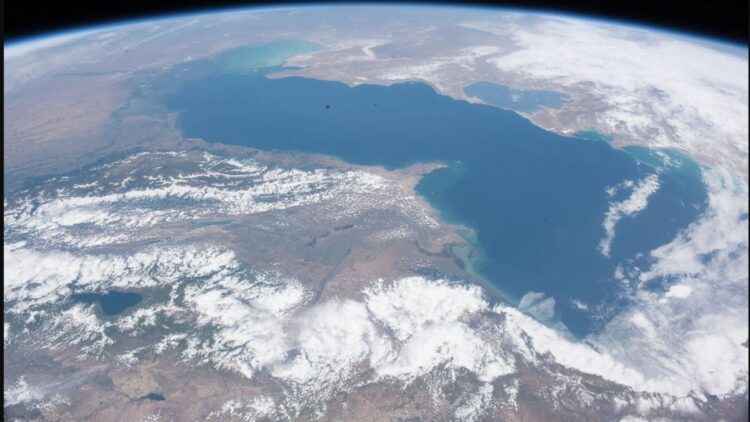Perhaps the future of energy could be reshaped by a discovery buried 950 meters beneath the surface of the mountains of northern Albania. The hope for mankind comes in the form of a rather vast, naturally occurring reservoir of hydrogen gas. After being discovered in the Bulqizë chromite mine, this hydrogen source is considered to be the most significant in the world, which now holds the key to unlock a cleaner future.
According to estimates, the mine releases approximately 220 tons of hydrogen yearly and the gas that comes from this mine is composed of 84% of hydrogen. The huge reservoir has the potential of containing about 55,000 tons of hydrogen underneath the surface. If the hydrogen amount beneath the surface is confirmed and thereafter extracted reasonably and responsibly, mankind’s fuel needs will be sorted for approximately two centuries.
Moving in the direction of white hydrogen
The great news is that hydrogen found in the mountains of northern Albania can be considered to be natural hydrogen, or rather, white hydrogen. This means that, as opposed to traditional hydrogen extraction processes that require energy-intensive processes powered by fossil fuels, white hydrogen forms naturally within Earth’s crust. So safe is white hydrogen that even when burnt, it releases only water, causing it to be a zero-emission fuel and a rare gem in the fight against climate change.
While gray hydrogen that is commonly produced from fossil fuels and green hydrogen produced from renewable energy are the most common hydrogen forms today, white hydrogen has many benefits. For one, white hydrogen costs just $1 per kilogram when it is harvested. This differs from green hydrogen that costs $6 when harvested per kilogram.
White hydrogen is thus a far cleaner and much cheaper option. The advantages of white hydrogen are what make the discovery so noteworthy, as this type of hydrogen can surely compete with other forms of hydrogen.
What does the discovery in Albania mean?
The beauty of this discovery was that it was made in a rather rare geological environment, a Jurassic ophiolitic massif, part of the Earth’s ancient oceanic crust that was thrust onto land by tectonic processes. Iron and magnesium-rich rocks tends to produce hydrogen when in close contact with water through a process called serpentinization.
The Bulqizë mine is unique due to certain geological faults that have caused larger volumes of hydrogen to form in underground reservoirs. The amount of hydrogen produced and stored surely is noteworthy. When geological features like the production of hydrogen are understood, researchers can work towards tapping into these rich hydrogen sources, such as hydrogen reservoirs. Pure hydrogen is great, but when hydrogen is fused with nitrogen, the results could be catastrophic.
The next steps to make the most of hydrogen
Although the Bulqizë hydrogen field offers plenty hydrogen, scientists suggests that caution should be exercised when trying to extract the natural hydrogen. This ecological environment is home to various biospheres and ecosystems, making any type of extraction a kind of environmental risk. Researchers emphasize the need for thorough studies before commercial exploitation can begin.
The process of harnessing and extracting natural hydrogen is relatively new. Investment is required to ensure that the same mistakes defined by the fossil fuel era are not repeated. Clean, abundant, and affordable energy are the order of the day. The rich wealth of hydrogen buried deep under Albian terrain could be a source of cleaner energy for future generations who will shift their focus solely to ecological living.
Researchers advocating for this study suggest that a potential energy source has been uncovered with the possibility of offering a supply for hundreds of years or more. Finding a source of white hydrogen could prevent us from making the biggest mistake in history: turning hydrogen black.


